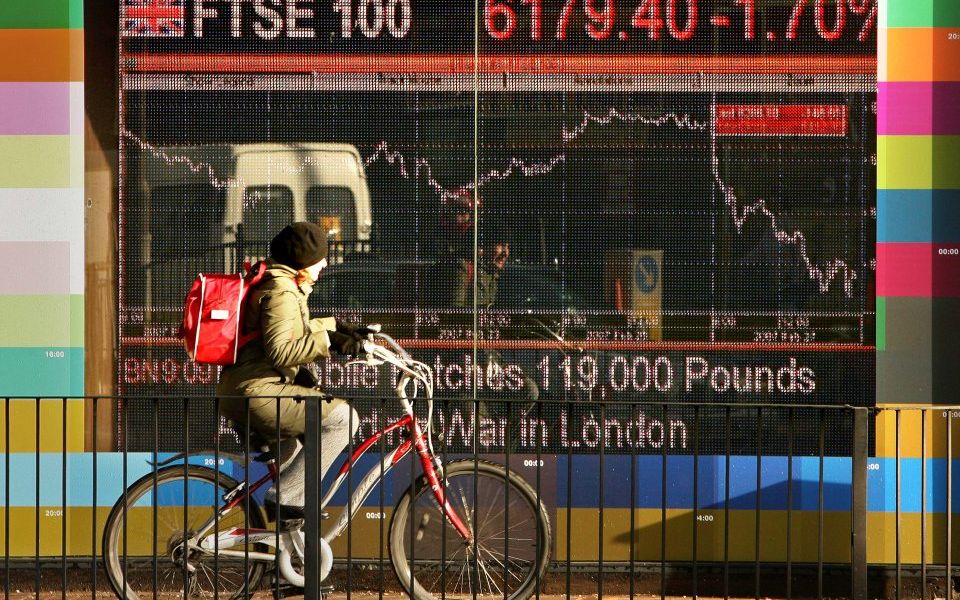
We are not at the end of the cycle

The last few months have been characterised by a more elevated level of financial market volatility than we saw over the previous 12-18 months. Rising geopolitical risk had much to do with this development. Donald Trump has raised the prospect of trade wars and the election of a populist government in Italy has increased tensions in the Eurozone.
Elsewhere, economic news flow has been a little disappointing. We have seen a moderation in consumption growth and a downshift in manufacturing momentum. This reflects a combination of the lagged effects of higher energy prices, a seasonal bias for weaker data in the first few months of the year and adverse weather which weighed on activity in much of Europe and Japan. We do expect much of this to be reversed as we go through the next few months and there are already tentative signs that activity data is picking up.
Some are fearful that we are near the end of the current economic cycle and that we are nearing the next downturn. As things stand, we do not think that there is currently enough evidence to support the “late-cycle thesis”. As a consequence, despite the worries around geopolitics, we feel that it is too early to call an end to the bull-run in equities. Why do we think this? Well there are a number of developments one would expect to see on the cusp of the next downturn. Here are the main ones to consider:
- Overheating in the real economy, evidenced by an unwelcome rise in inflation, which causes central banks to tighten monetary policy to the point at which we see a material slowdown in activity which is accompanied by weaker corporate earnings and poor equity market returns. If we exclude the UK from this – the rise in inflation has stemmed largely from the one off effects of sterling’s 2016 depreciation – inflation, particularly in the developed world, is running some way below the main central banks’ targets. Whilst the US Federal Reserve has begun to tighten its key policy rate and wind down its quantitative easing programme, this process is likely to be a gradual one. Elsewhere, the Bank of Japan and the European Central Bank will keep policy highly accommodative for some time to come.
- Overheating in financial markets. Equities reached all-time highs early in the quarter, but it is by no means clear that financial markets have been fuelled by speculative excess. Cash levels which many investors have been holding have been generally high and leverage (borrowing to fund asset purchases) has been modest by historical standards.
- Deteriorating credit quality. As the cycle matures, companies engage in increasingly shareholder friendly behaviour, often at the expense of bondholders. This can involve increasing debt levels to finance share buybacks or M&A activity. This may begin to be an issue for markets because whilst default rates are low and falling, the degree of leverage in the corporate sector is rising, which could make companies vulnerable to rising interest rates. We are watching this factor closely.
Market sentiment is clearly fragile and the news flow at times unhelpful, but equity markets have already made a reasonable downwards adjustment without any de-rating of the earnings outlook. Whilst market volatility may remain elevated, particularly in the short term, we remain reasonably constructive on equities as we head through the second quarter and into late summer.
Nothing on this website should be construed as personal advice based on your circumstances. No news or research item is a personal recommendation to deal.